Home>Home Appliances>Laundry Appliances>How To Clean A Washing Machine Drain Hose
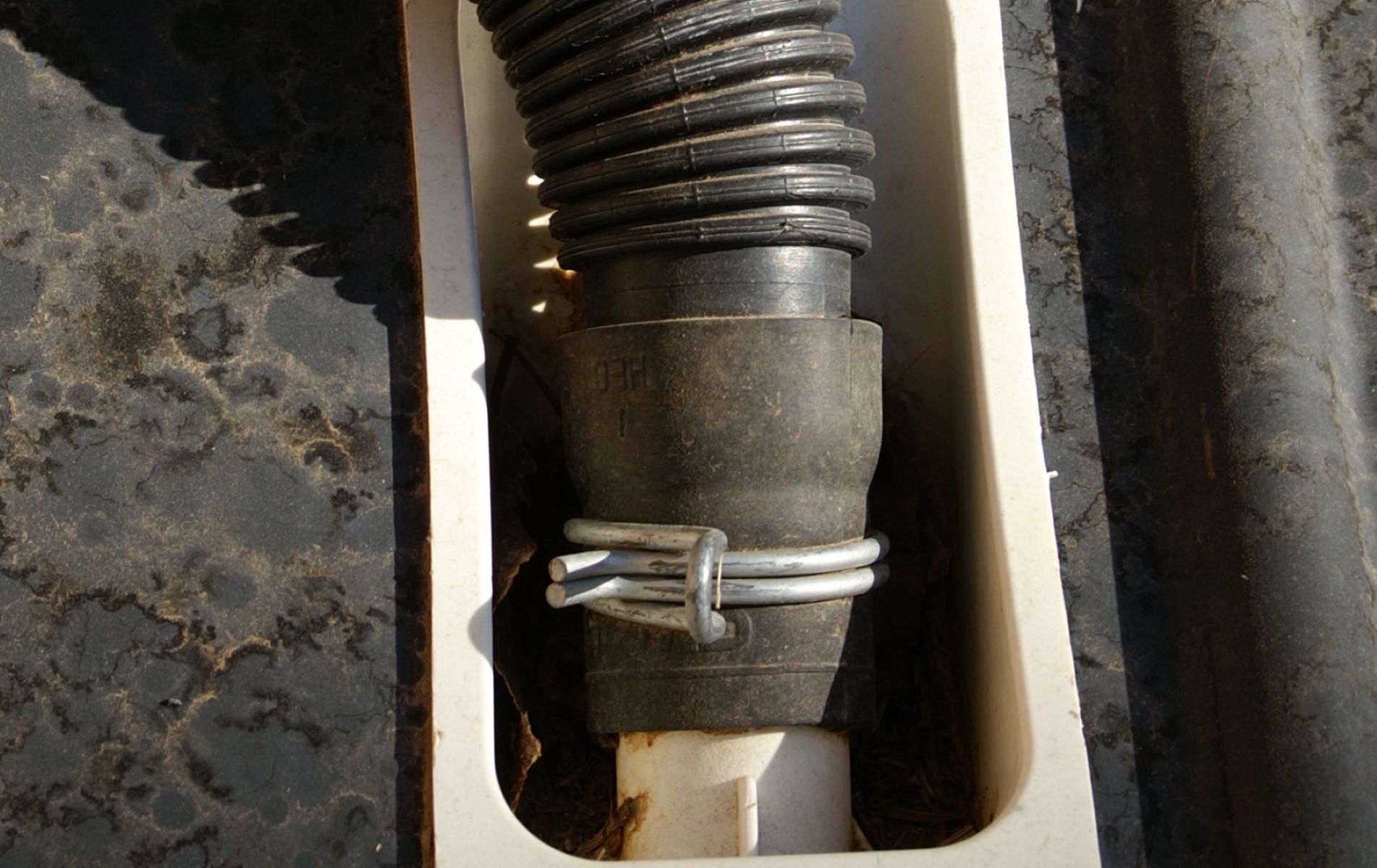

Laundry Appliances
How To Clean A Washing Machine Drain Hose
Modified: August 27, 2024
Learn how to effectively clean your washing machine drain hose to keep your laundry appliances running smoothly. Follow our step-by-step guide for a hassle-free maintenance routine.
(Many of the links in this article redirect to a specific reviewed product. Your purchase of these products through affiliate links helps to generate commission for Storables.com, at no extra cost. Learn more)
Introduction
Cleaning the drain hose of your washing machine is an essential maintenance task that often goes overlooked. Over time, dirt, lint, and other debris can accumulate in the drain hose, leading to clogs and drainage issues. This can result in foul odors, poor washing performance, and even potential water damage. By regularly cleaning the drain hose, you can ensure that your washing machine operates efficiently and effectively, prolonging its lifespan and preventing costly repairs.
In this comprehensive guide, we will walk you through the step-by-step process of cleaning a washing machine drain hose. By following these simple instructions, you can maintain a smoothly functioning washing machine and keep your laundry routine hassle-free. With just a few basic tools and a little bit of time, you can tackle this maintenance task with confidence and ease.
Regular maintenance of your washing machine, including cleaning the drain hose, is crucial for preserving the machine's performance and longevity. By taking proactive measures to keep the drain hose free of debris, you can prevent potential issues and ensure that your washing machine continues to operate at its best. So, let's dive into the process of cleaning the washing machine drain hose and ensure that your laundry appliances remain in top condition.
Key Takeaways:
- Regularly cleaning your washing machine drain hose with vinegar and warm water can prevent clogs, foul odors, and drainage issues, ensuring efficient operation and prolonging the machine’s lifespan.
- After cleaning and reattaching the drain hose, conduct a thorough test of the washing machine to ensure proper drainage, secure attachment, and smooth operation, addressing any issues promptly.
Read more: How To Extend A Washing Machine Drain Hose
Tools and Materials Needed
Before you begin the process of cleaning your washing machine drain hose, it's essential to gather the necessary tools and materials. Having the right equipment at hand will streamline the task and ensure that you can complete the job efficiently. Here's a list of the tools and materials you'll need:
Tools:
- Screwdriver: You'll need a screwdriver to help with removing any panels or covers that may be concealing the drain hose connection on your washing machine.
- Pliers: Pliers will come in handy for loosening and tightening hose clamps or connectors.
- Bucket: Keep a bucket or a large container nearby to catch any water that may spill out when disconnecting the drain hose.
- Cleaning Brush or Pipe Cleaner: A long-handled cleaning brush or a pipe cleaner will be useful for dislodging debris from the drain hose.
Materials:
- Vinegar: White vinegar is an effective natural cleaner that can help dissolve mineral deposits and remove mold or mildew from the drain hose.
- Baking Soda: Baking soda is a gentle abrasive that can assist in scrubbing away grime and odors from the drain hose.
- Warm Water: You'll need warm water to flush out the drain hose and ensure that it's thoroughly cleaned.
- Towels: Have a few towels on hand to wipe up any spills or drips that may occur during the cleaning process.
By gathering these tools and materials before you begin, you'll be well-prepared to tackle the task of cleaning your washing machine drain hose. With everything within reach, you can proceed with confidence and efficiency, knowing that you have everything you need to complete the job effectively.
Step 1: Unplug the Washing Machine
Before you embark on the process of cleaning the drain hose of your washing machine, it is crucial to ensure the safety of the appliance and yourself. Unplugging the washing machine from the power source is the first step in this maintenance task. This precautionary measure eliminates the risk of electrical shock and allows you to work on the machine without any potential hazards.
To unplug the washing machine, start by locating the power cord. In most cases, the power cord is situated at the back of the machine near the top. Carefully pull the washing machine away from the wall, ensuring that you have enough space to access the power cord. Once you have clear access to the power cord, firmly grasp the plug and gently pull it out from the electrical outlet. It is essential to handle the power cord with care and avoid tugging on it forcefully to prevent any damage.
By disconnecting the washing machine from the power source, you create a safe working environment for yourself and minimize the risk of accidents. This simple yet crucial step sets the foundation for the subsequent tasks involved in cleaning the drain hose. Always remember to unplug the washing machine before performing any maintenance or repair work, as it is a fundamental safety practice that should never be overlooked.
After unplugging the washing machine, take a moment to ensure that the power cord is positioned in a safe and accessible manner. This will prevent any tripping hazards and make it easier to plug the machine back in once the cleaning process is complete. With the washing machine safely disconnected from the power supply, you are now ready to proceed to the next steps of cleaning the drain hose, knowing that you have taken the necessary precautions to ensure a safe and efficient maintenance task.
Read more: How To Connect A Washing Machine Drain Hose
Step 2: Locate the Drain Hose
Locating the drain hose is a crucial step in the process of cleaning your washing machine. The drain hose is responsible for carrying wastewater from the machine to the drainage system, and it is essential to identify its position before proceeding with the cleaning process.
In most washing machines, the drain hose is situated at the back of the appliance. To locate it, you may need to move the washing machine slightly away from the wall to gain better access. Once you have a clear view of the back of the machine, look for a flexible, ribbed hose that extends from the rear panel. The drain hose is typically made of durable, flexible material and is designed to withstand the flow of water and debris during the draining process.
In some models, the drain hose may be secured to the washing machine with a hose clamp or a connector. These attachments help ensure a secure and watertight connection between the hose and the machine. If your washing machine has a front-loading design, the drain hose may be located near the bottom of the front panel. Take a moment to inspect the area around the washing machine to locate the drain hose and familiarize yourself with its positioning.
Once you have identified the drain hose, take note of its attachment points and any securing mechanisms. Understanding how the drain hose is connected to the washing machine will be beneficial when it comes time to remove and clean the hose. Additionally, check for any signs of damage or wear on the hose, such as cracks, kinks, or leaks. It's essential to address any issues with the drain hose promptly to prevent potential drainage problems and water damage.
By taking the time to locate the drain hose and assess its condition, you set the stage for the subsequent steps of the cleaning process. Familiarizing yourself with the position and condition of the drain hose enables you to proceed with confidence and ensures that you can effectively clean and maintain this vital component of your washing machine.
Step 3: Remove the Drain Hose
Removing the drain hose from your washing machine is a critical step in the cleaning process, allowing you to access and clean the hose thoroughly. Before proceeding, it's essential to ensure that the washing machine is still unplugged to maintain a safe working environment.
To begin, carefully detach the drain hose from its connection point on the washing machine. Depending on the model of your machine, the drain hose may be secured with a hose clamp or a connector. Use a screwdriver or pliers, as needed, to loosen the clamp or connector and detach the hose from the machine. Take care to support the hose with one hand as you loosen the connection to prevent any sudden movements or strain on the hose.
As you remove the drain hose, be prepared for residual water to drain out. Placing a bucket or a large container beneath the hose will help catch any water that may spill during the disconnection process. It's important to handle the hose gently and avoid bending or kinking it, as this can lead to damage and hinder its functionality.
Once the drain hose is detached from the washing machine, inspect the hose and the connection point for any signs of debris, buildup, or damage. Clearing away any accumulated dirt or blockages from the hose and the connection area will ensure that the cleaning process is thorough and effective. A cleaning brush or a pipe cleaner can be used to dislodge any stubborn debris, while a damp cloth can be employed to wipe down the connection point and ensure it is clean and free from obstructions.
By carefully removing the drain hose and inspecting its condition, you pave the way for a comprehensive cleaning process that will help maintain the optimal performance of your washing machine. With the hose disconnected and any obstructions cleared, you are now ready to proceed to the next step of cleaning the drain hose and ensuring that it remains free from debris and blockages.
This step is crucial in the overall maintenance of your washing machine, as it allows you to address any potential issues with the drain hose and ensure that it functions efficiently. With the hose removed and the connection point inspected, you are well-equipped to proceed with the subsequent steps of cleaning and maintaining this essential component of your laundry appliance.
Step 4: Clean the Drain Hose
With the drain hose detached from the washing machine, it's time to focus on thoroughly cleaning this vital component. Over time, the drain hose can accumulate a buildup of dirt, lint, soap residue, and even mold or mildew, which can impede water flow and lead to unpleasant odors. By following these steps, you can effectively clean the drain hose and ensure that it remains free from debris and blockages.
Submerge the Hose in Vinegar Solution
Start by preparing a cleaning solution using white vinegar and warm water. In a large container or bathtub, mix equal parts of vinegar and warm water. Submerge the entire length of the drain hose in the solution, ensuring that it is fully immersed. The acidic properties of vinegar help dissolve mineral deposits and soap scum, while also combating mold and mildew. Allow the hose to soak in the vinegar solution for at least 30 minutes to effectively loosen and dislodge any accumulated debris.
Read more: How To Hook Up A Washer Drain Hose
Scrub the Interior of the Hose
After soaking, use a long-handled cleaning brush or a pipe cleaner to scrub the interior of the drain hose thoroughly. Insert the brush or pipe cleaner into one end of the hose and gently work it through, dislodging any stubborn residue and buildup. Pay particular attention to any areas where debris may have accumulated, such as bends or curves in the hose. Continue scrubbing the interior of the hose until it feels clean and free from obstructions.
Rinse the Hose with Warm Water
Once the interior of the hose has been scrubbed, thoroughly rinse it with warm water to flush out any loosened debris and residual vinegar solution. Hold one end of the hose under a faucet or use a handheld showerhead to direct a steady stream of warm water through the entire length of the hose. Ensure that all traces of vinegar and debris are flushed out, and the water runs clear from the opposite end of the hose.
Optional Baking Soda Treatment
For an extra cleaning boost, you can create a paste using baking soda and water and apply it to the exterior of the drain hose. Baking soda acts as a gentle abrasive and can help remove surface grime and odors. Allow the baking soda paste to sit on the hose for a few minutes, then use a damp cloth to scrub the exterior thoroughly. Rinse the hose again with warm water to remove any remaining baking soda residue.
By following these steps, you can effectively clean the drain hose of your washing machine, ensuring that it remains free from debris and blockages. Once the hose is thoroughly cleaned, allow it to air dry completely before reattaching it to the washing machine. This maintenance task will help optimize the performance of your washing machine and contribute to its longevity and efficiency.
Step 5: Reattach the Drain Hose
After thoroughly cleaning the drain hose, the next crucial step is to reattach it to the washing machine. Proper reattachment ensures that the drain hose functions effectively and prevents any potential leaks or drainage issues. Follow these steps to securely reattach the drain hose to your washing machine:
-
Inspect the Connection Point: Before reattaching the drain hose, take a moment to inspect the connection point on the washing machine. Ensure that the area is clean and free from any debris or buildup that could impede a secure connection. Wipe down the connection point with a damp cloth to remove any residual dirt or grime.
-
Position the Hose: Carefully position the clean and dry drain hose near the connection point on the washing machine. Take note of any markings or indicators that may guide you in aligning the hose correctly. Proper alignment is essential to ensure a secure and watertight connection.
-
Secure with Clamps or Connectors: If your washing machine utilizes hose clamps or connectors to secure the drain hose, use a screwdriver or pliers to fasten them tightly. Ensure that the hose is securely attached to the machine to prevent any leaks or dislodgment during operation. Double-check the connection to confirm that it is snug and properly sealed.
-
Avoid Bending or Kinking: As you reattach the drain hose, be mindful of its positioning to avoid any bending or kinking. A smooth, unobstructed path for the drain hose ensures that water can flow freely without encountering any blockages. Take care to position the hose in a manner that allows for optimal drainage and prevents any strain on the connection point.
-
Test for Leaks: Once the drain hose is reattached, it's essential to conduct a brief test to check for any potential leaks. Run a short cycle on your washing machine and observe the connection point for any signs of water seepage. If you notice any leaks, promptly tighten the connections or reposition the hose to achieve a secure and watertight attachment.
By following these steps, you can confidently reattach the drain hose to your washing machine, ensuring that it is securely connected and ready to facilitate efficient drainage during the machine's operation. Proper reattachment of the drain hose is a vital aspect of maintaining your washing machine and contributes to its overall performance and longevity.
Regularly check the drain hose for clogs and debris. Use a pipe cleaner or a small brush to remove any buildup and ensure proper water flow.
Read more: How To Clean A Washing Machine Drain
Step 6: Test the Washing Machine
After completing the process of cleaning and reattaching the drain hose, it is essential to conduct a thorough test of the washing machine to ensure that the drainage system functions optimally. Testing the washing machine allows you to verify that the drain hose is securely attached, free from leaks, and capable of efficiently expelling wastewater during the machine's operation.
To begin the testing process, plug the washing machine back into the electrical outlet, ensuring that the power cord is positioned safely and securely. Once the machine is plugged in, carefully push it back into its original position, taking care not to kink or strain the drain hose. Position the machine so that it is level and stable, as proper alignment contributes to the effective drainage of water from the appliance.
With the washing machine in place and the drain hose reattached, select a short cycle or a rinse-and-spin setting on the machine's control panel. Start the cycle and observe the operation of the washing machine closely. As the machine progresses through the selected cycle, pay attention to the following key aspects:
-
Drainage Efficiency: Monitor the drainage process to ensure that water flows freely through the drain hose and into the drainage system. A properly functioning drain hose will expel wastewater without any signs of blockages or slow drainage.
-
Connection Integrity: Check the connection point of the drain hose to the washing machine for any signs of leaks or seepage. A secure and watertight connection will prevent any water from escaping and ensure that the drainage system operates without issues.
-
Machine Stability: Observe the washing machine for any unusual vibrations or movements during the drainage cycle. A stable and balanced machine indicates that the drain hose is positioned correctly and does not cause any strain on the appliance.
-
Completion of Cycle: Allow the washing machine to complete the selected cycle, ensuring that the drainage process continues smoothly until the cycle concludes. The successful completion of the cycle indicates that the drain hose effectively expels wastewater without interruptions.
By conducting a comprehensive test of the washing machine, you can verify that the cleaning and reattachment of the drain hose have been successful. Any issues or concerns observed during the testing process should be promptly addressed to ensure the optimal performance of the washing machine's drainage system. With a successful test, you can have confidence in the efficient operation of your washing machine and the maintenance of its essential components.
Frequently Asked Questions about How To Clean A Washing Machine Drain Hose
Was this page helpful?
At Storables.com, we guarantee accurate and reliable information. Our content, validated by Expert Board Contributors, is crafted following stringent Editorial Policies. We're committed to providing you with well-researched, expert-backed insights for all your informational needs.
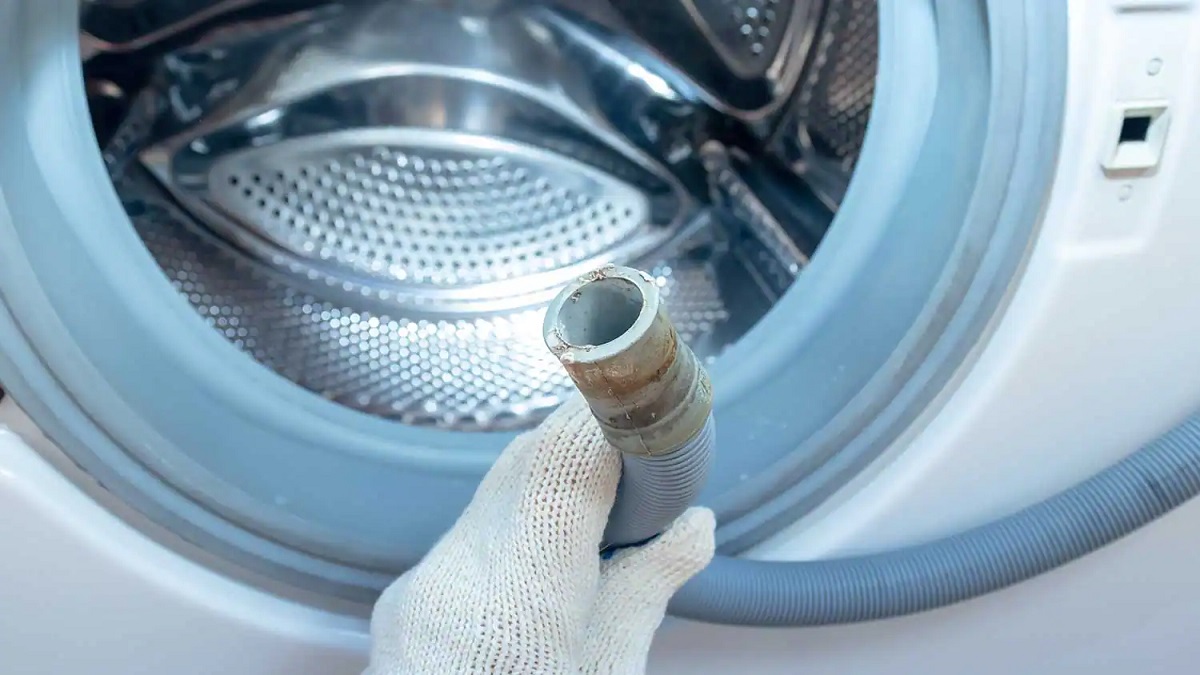
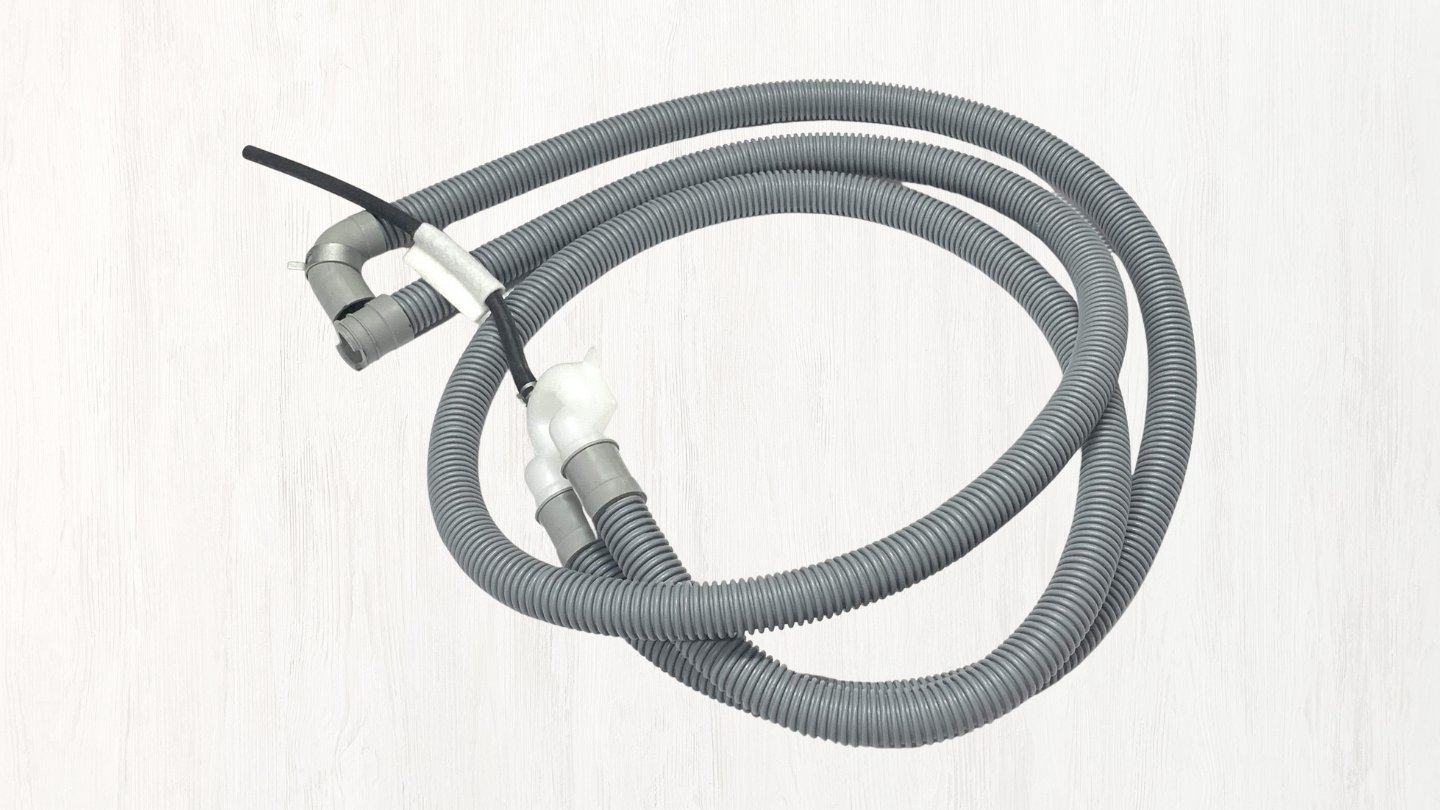
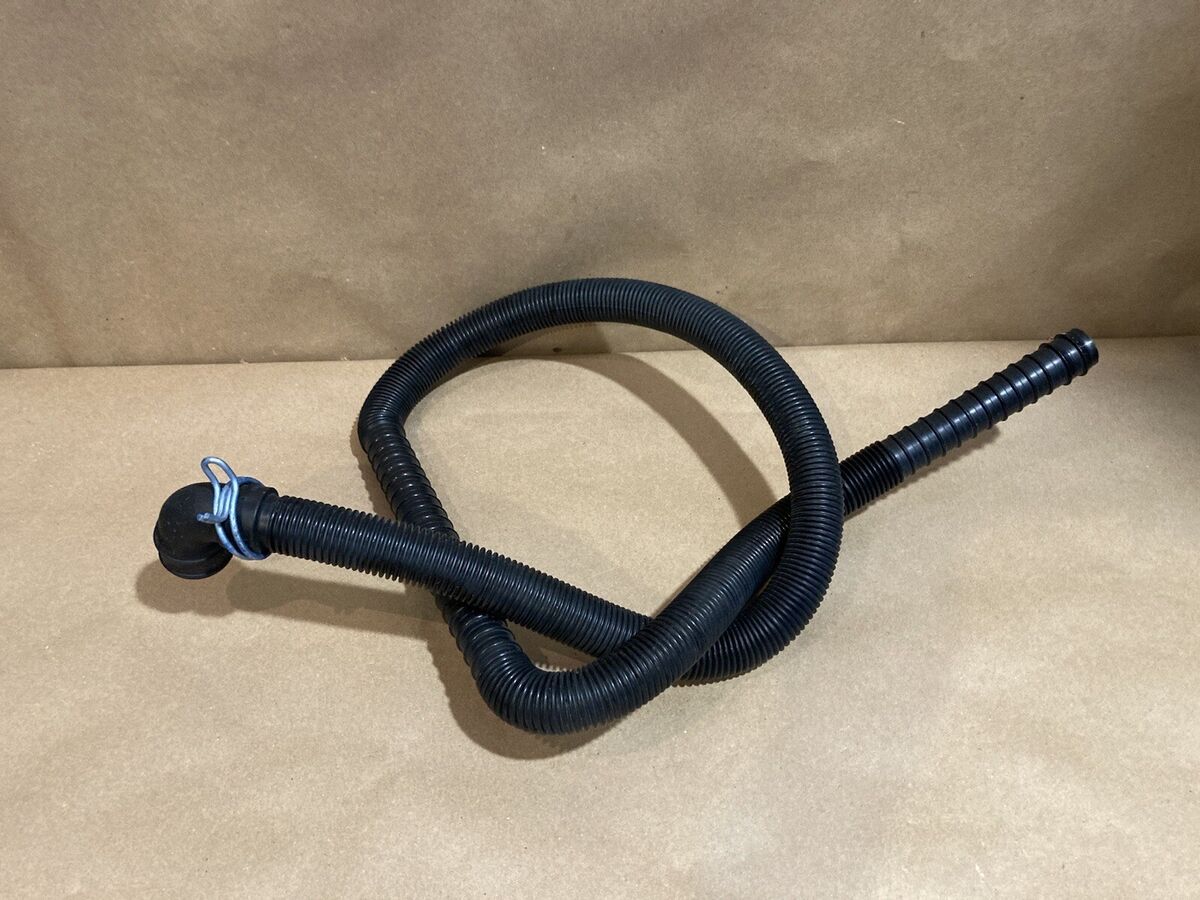
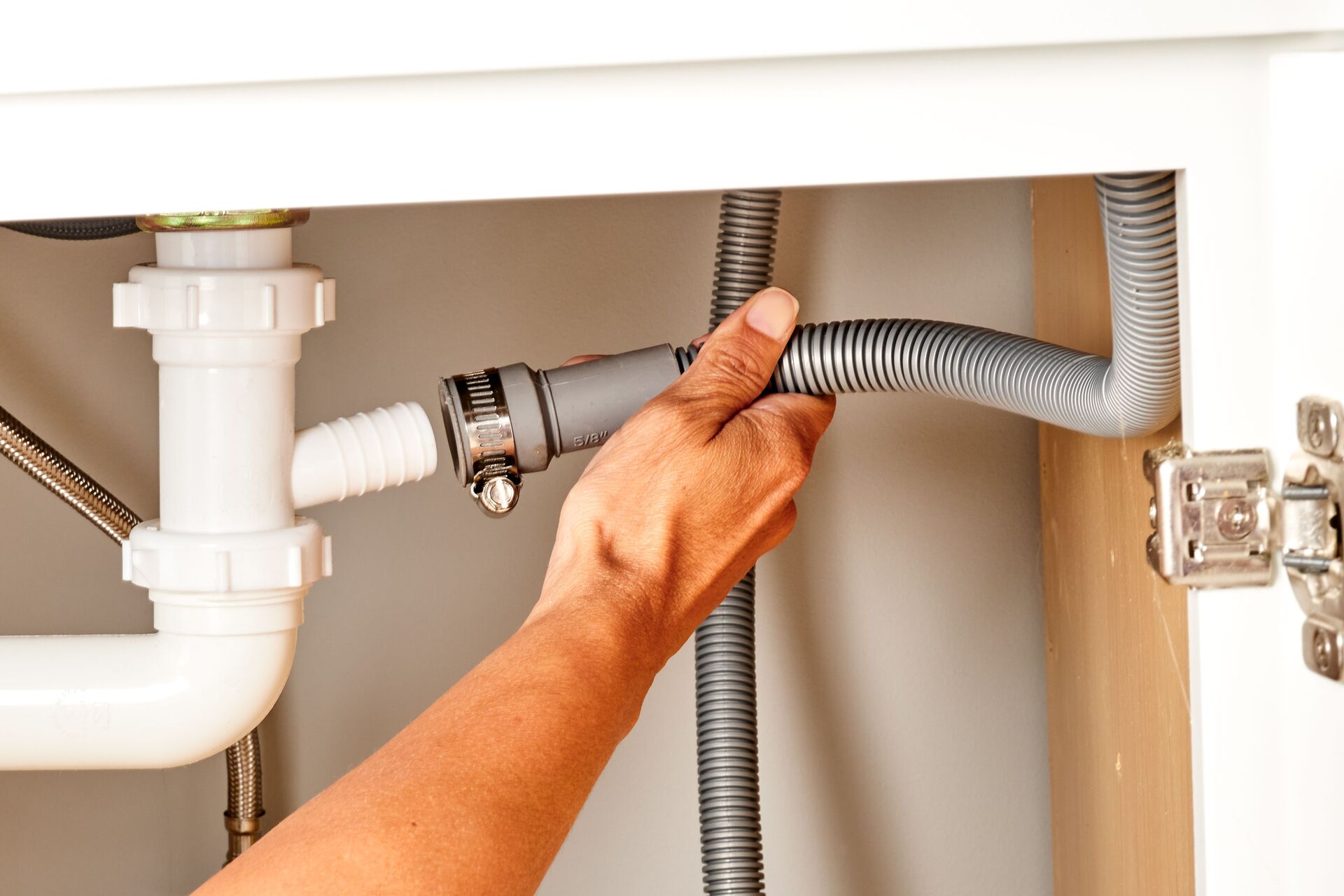
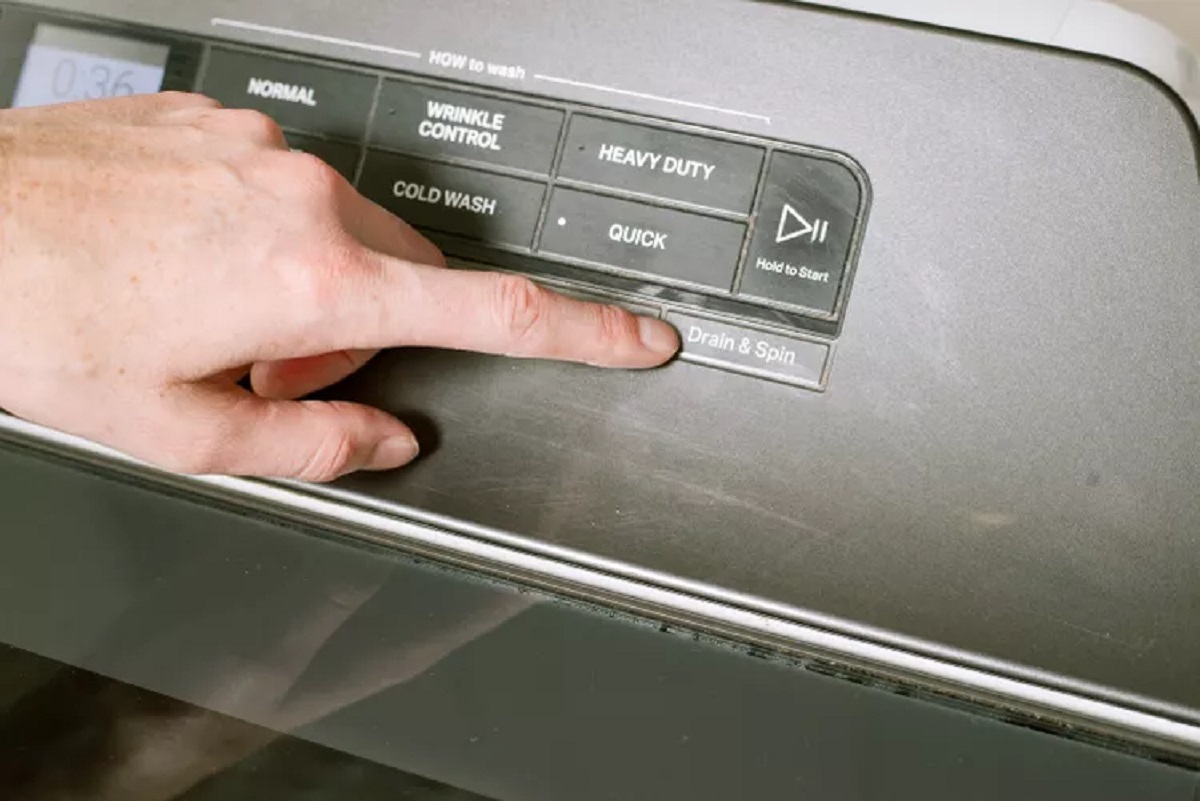
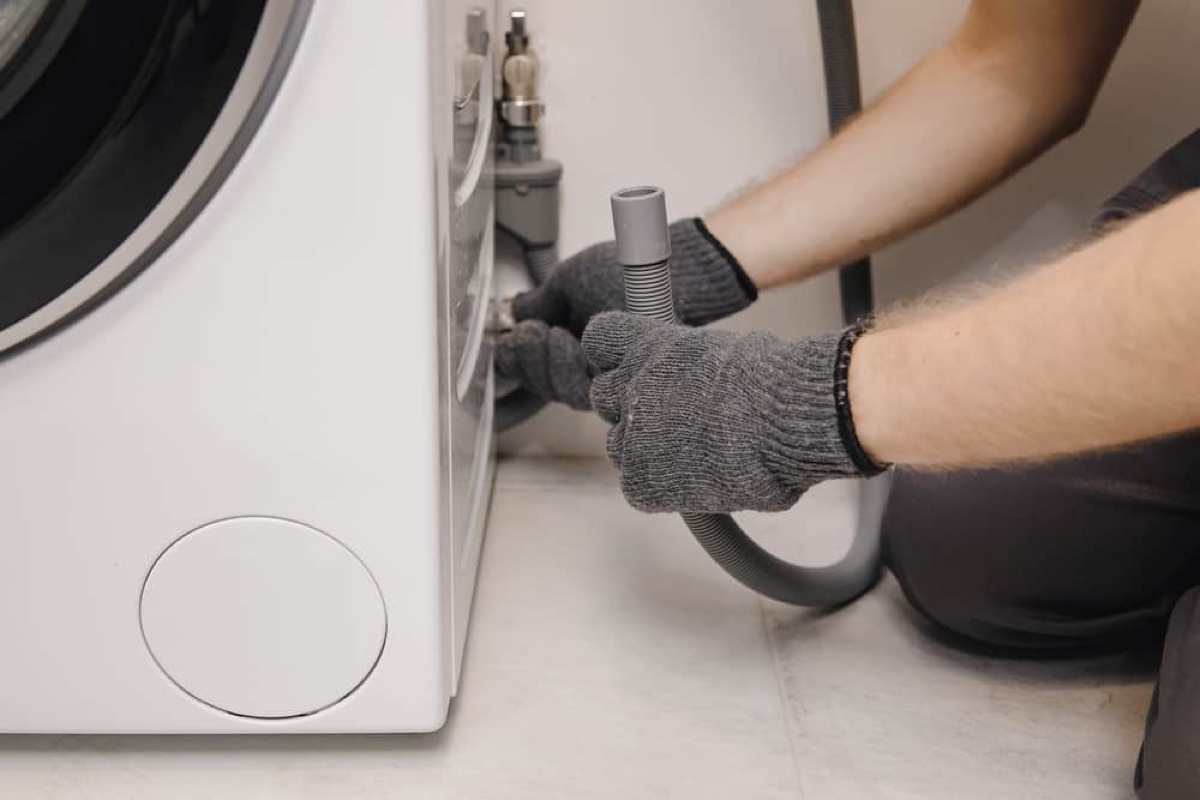

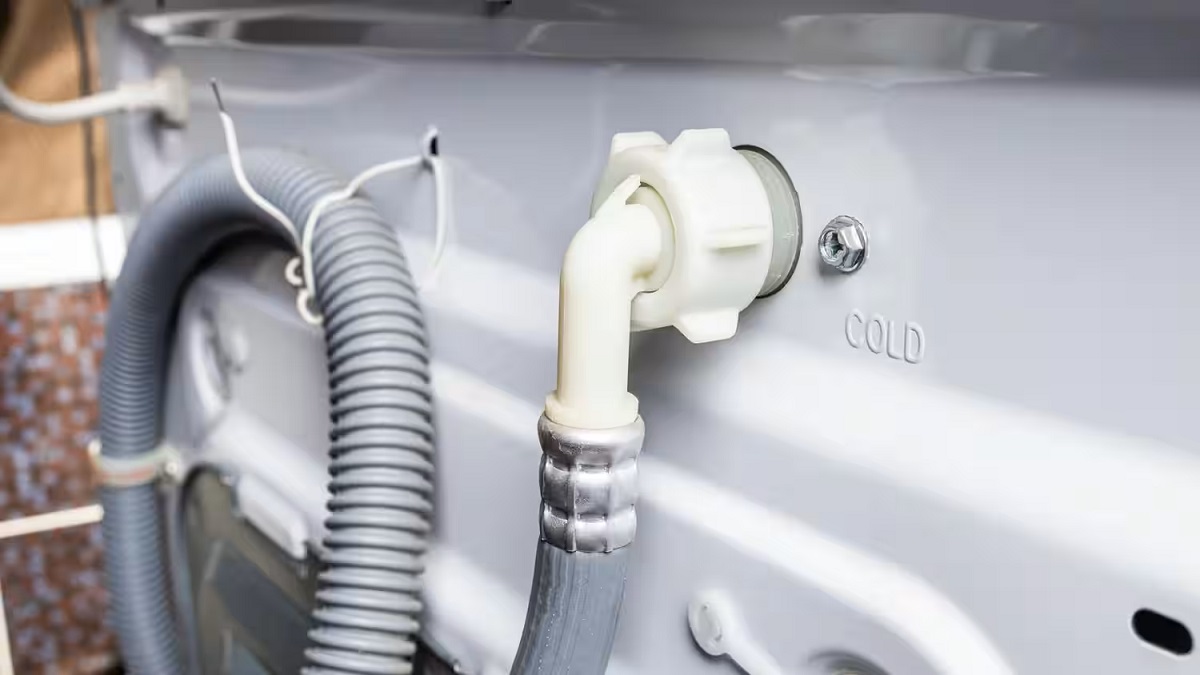



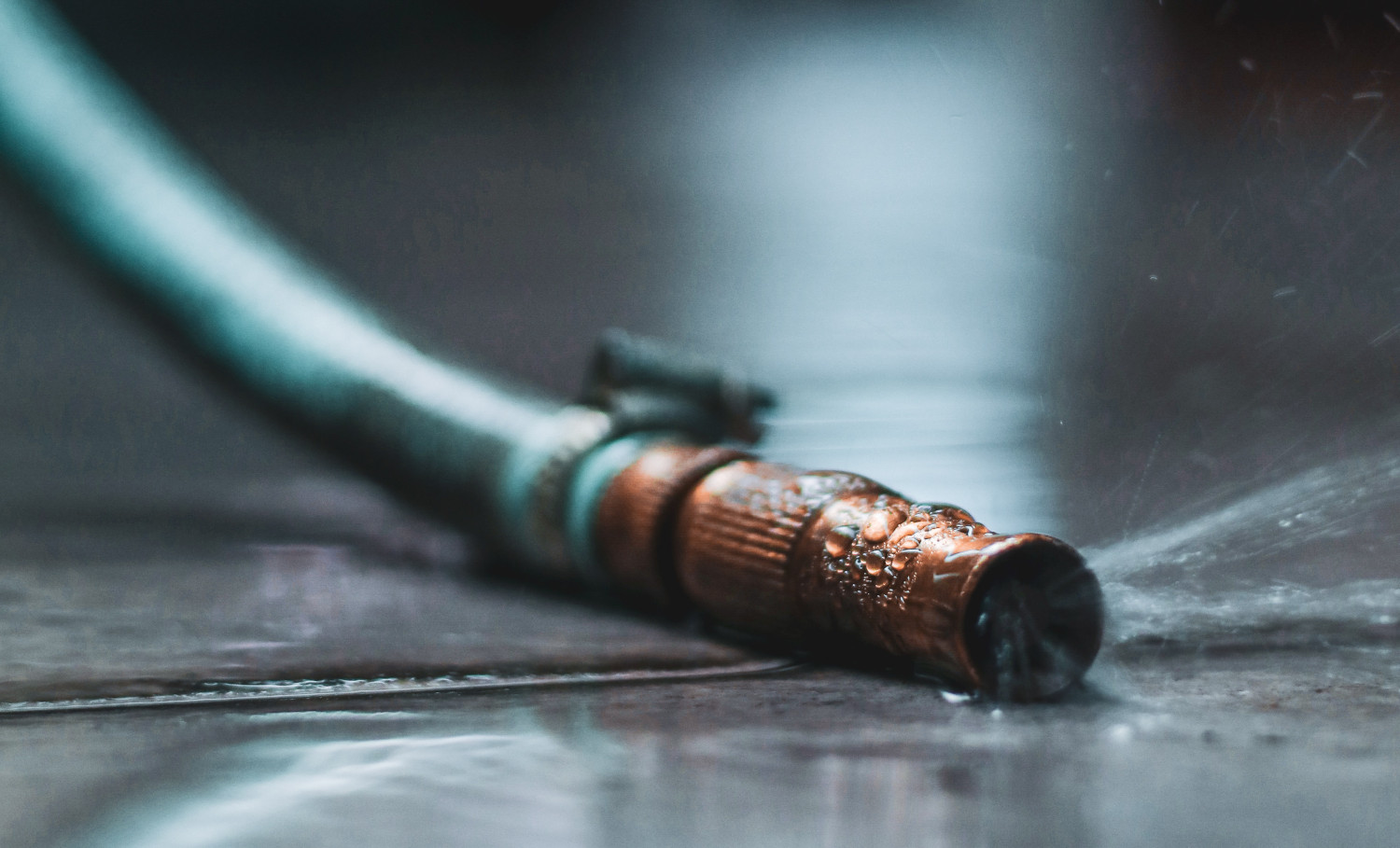

0 thoughts on “How To Clean A Washing Machine Drain Hose”